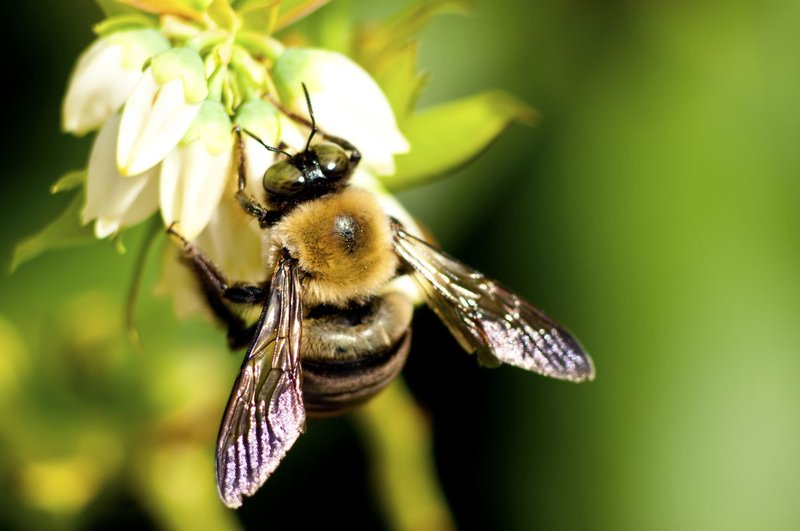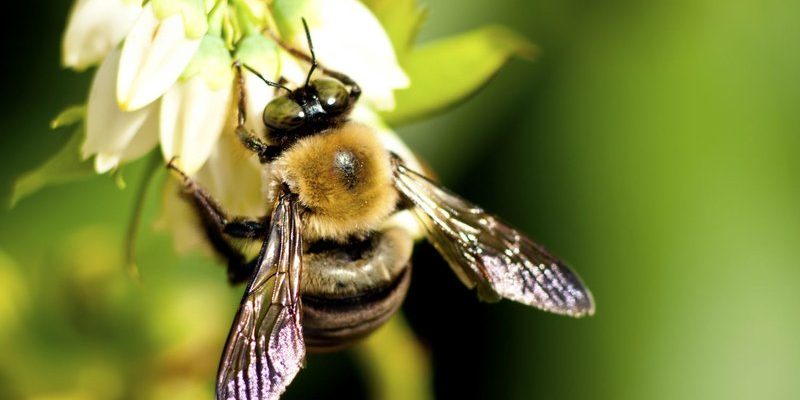
Bees don’t just buzz around aimlessly; they have a sophisticated system for telling each other what’s going on. Understanding how bees communicate can give us amazing insights into their world and the vital role they play in our ecosystem. So, let’s dive into this fascinating topic and explore the ways bees interact and share information.
The Bee Dance: Nature’s Choreography
One of the most famous ways bees communicate is through their dance moves—specifically, the waggle dance. This isn’t just a random shimmy; it’s a structured sequence that tells other bees where to find food. When a bee discovers a good nectar source, it returns to the hive and performs this dance on the honeycomb.
Here’s how it works: the bee waggles its body in a figure-eight pattern while vibrating its wings. The direction of the waggle indicates the direction of the food source relative to the sun, while the duration of the waggle communicates the distance. It’s like GPS for bees! You can almost picture the excitement as they pass along the info, buzzing around like little delivery drivers heading out for a sweet treat.
But it’s not just about food; the dance can also convey other important information, like the quality of the nectar. Honestly, it’s pretty impressive how much detail can be packed into a few moves. Bees really know how to make the most of their tiny dance floors.
Vibrations: The Sound of Communication
Bees also communicate through vibrations, a form of communication that many might overlook. When bees vibrate their bodies or wings, they create signals that can be felt by other bees. These vibrations can convey messages about threats, mating calls, or even the health of the colony.
Imagine sitting in a quiet café and receiving a text message from a friend without your phone actually ringing; that’s a bit like how bees send messages through vibrations. For example, when a bee senses danger, it might vibrate to alert others to the threat.
This form of communication is especially useful in darker environments, like inside the hive, where visual signals might not be as effective. It’s another layer of their complex interaction, showcasing how adaptable and smart these little insects truly are.
Chemical Signals: Pheromones at Work
Another fascinating aspect of bee communication is the use of pheromones. These chemical signals are crucial for maintaining the social structure within a hive. Queen bees produce pheromones that help keep the colony united. When she releases these scents, worker bees recognize her presence and understand that she’s healthy and productive.
But it doesn’t stop there! Worker bees also produce pheromones to communicate different messages. For example, when a bee stings, it releases alarm pheromones that alert others to a threat. It’s like sending out a warning signal that says, “Hey, danger is near!”
These chemical signals play an essential role in the colony’s daily functioning. They help coordinate activities like foraging, cleaning, and brood care. It’s amazing to think that these tiny creatures rely so heavily on their sense of smell to manage their complex social lives.
Interactions with the Environment
Bees don’t just communicate with each other; they have intricate interactions with their environment as well. When bees visit flowers, they gather nectar and pollen, but they’re also helping with pollination. This process is vital for many plants, and it happens because bees unknowingly transfer pollen from one bloom to another while they forage.
This interaction is a beautiful example of a mutual relationship in nature. The plants rely on bees for reproduction, while bees benefit from the food source. It’s a win-win situation that showcases how interconnected our ecosystem is. You might be wondering why this matters: without bees, many of the fruits and vegetables we enjoy wouldn’t be available.
Bees can even communicate about the quality of the flowers they visit. When they encounter a particularly rich blossom, the dance and pheromone signals they share can lead others to the same spot. It’s a perfect example of how their interactions shape their environment and, in turn, the world around us.
The Role of the Queen in Communication
Every bee colony has a queen, and she plays a crucial role in communication. Besides being the primary egg-laying female, she produces pheromones that regulate the hive’s activities. Her presence largely influences the behavior of the worker bees.
Worker bees can detect the queen’s pheromones, and this helps them know when she’s healthy and active. If the queen is weak or absent, the worker bees can sense this change and may start preparing to raise a new queen. This is vital for the survival of the colony.
Interestingly, if a colony loses its queen, the worker bees go into a frenzy, trying to replace her. They’ll select a few larvae and begin feeding them special substances to ensure they develop into new queens. It’s a fascinating process, demonstrating the importance of communication in maintaining the hierarchy within a hive.
Teamwork and Division of Labor
In a bee colony, communication is essential for teamwork and division of labor. Different bees have specific roles, such as foragers, nurses, or guards, and effective communication ensures everything runs smoothly. For instance, if a forager finds a good food source, it performs its waggle dance to inform others.
Nurse bees rely on communication to know when to care for the brood and how to allocate resources. The entire hive works like a well-oiled machine, thanks to their ability to share information quickly and efficiently.
You might be surprised to learn that bees can also adapt their roles based on the colony’s needs. If the foragers are too few, some nurse bees may step up and become foragers themselves. This flexibility is just another way that strong communication allows them to thrive as a community.
Creating a Buzz: Why Understanding Bee Communication Matters
Understanding how bees communicate and interact is crucial, especially as their populations face threats from pesticides, habitat loss, and climate change. By appreciating their complex social structures and communication methods, we can better advocate for their protection.
Bees are not just vital for pollination; they’re also indicators of environmental health. The way they interact with each other and their surroundings tells us a lot about the state of our ecosystems.
So, the next time you see a bee buzzing around, take a moment to appreciate the intricate world of communication they inhabit. It’s a reminder of how important these little creatures are—not just for our gardens, but for the planet as a whole.
In conclusion, bees are an incredible source of inspiration when it comes to communication and teamwork. From their unique dances to chemical signals and environmental interactions, they teach us the importance of collaboration in maintaining balance. Appreciating and understanding these fascinating interactions can help us protect them and, ultimately, ourselves.

